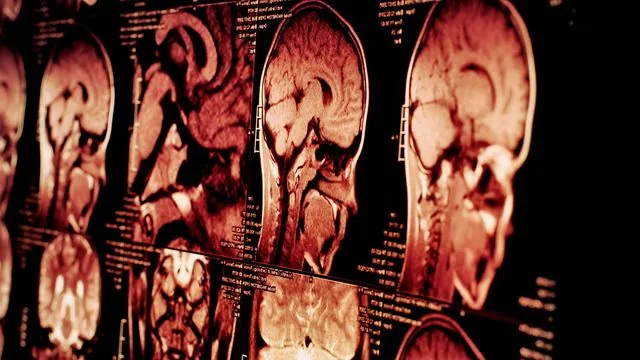
Revolutionary Brain Study Unearths Pain Relief Pathways!
2025-09-01
Author: Rajesh
Unveiling the Brain's Pain Relief System
In a groundbreaking study, researchers from the University of Sydney have discovered intricate circuits within the human brainstem that manage pain based on its location in the body. This pioneering research, recently published in the journal Science, opens up exciting new possibilities for crafting targeted, non-opioid treatments for chronic pain.
Understanding Placebo Pain Relief
The study enlisted 93 healthy volunteers, who experienced simulated pain through heat stimuli applied to different body parts. With the clever use of a placebo cream—where the temperature was subtly lowered—participants learned to associate the cream with pain relief. Remarkably, when they later underwent pain testing on both placebo-treated and untreated areas, many reported significant pain reduction where the cream had been applied. This highlights the power of the placebo effect in pain management.
Insightful Imaging Techniques
Utilizing the advanced 7-Tesla functional magnetic resonance imaging (fMRI), researchers meticulously tracked brainstem activity. They pinpointed two crucial regions, the **periaqueductal grey (PAG)** and the **rostral ventromedial medulla (RVM)**, as essential players in pain relief. Astonishingly, specific subregions activated depending on the pain's location, whether in the face, arm, or leg.
The Nuances of Pain Relief
The findings challenge the long-held belief that the brain operates a one-size-fits-all approach to pain control. Instead, this study suggests a sophisticated, anatomically mapped layout where pain control adjusts according to the body part in distress. As Dr. Lewis Crawford explains, "The brain’s natural pain relief system is more nuanced than we thought." It operates like a finely tuned network, providing relief specifically where needed, rather than muting pain universally.
Future Implications for Pain Management
This astounding discovery could redefine how we understand and treat chronic pain. By targeting these specific brainstem pathways, new therapies can be developed that activate precise circuits, potentially alleviating suffering without systemic side effects. The research also suggests a pivotal role for cannabinoid signaling in non-opioid pain relief, shifting our comprehension of how placebo analgesia functions.
Toward Personalized Pain Relief Solutions
As scientists delve deeper into the brain's pain relief mechanics, the potential for innovations in pain management continues to grow. The identification of targeted neuromodulation pathways paves the way for crafting therapies tailored to individual pain experiences—offering hope for those grappling with localized chronic pain.
Conclusion: A New Era for Pain Therapy
This revolutionary research not only enhances our understanding of the brain's pain relief systems but also promises a brighter future for personalized pain therapies. With continued exploration into these newfound pain circuits, we may be on the verge of significant advancements in how we treat pain, providing relief that's smarter and more effective than ever before.



 Brasil (PT)
Brasil (PT)
 Canada (EN)
Canada (EN)
 Chile (ES)
Chile (ES)
 Česko (CS)
Česko (CS)
 대한민국 (KO)
대한민국 (KO)
 España (ES)
España (ES)
 France (FR)
France (FR)
 Hong Kong (EN)
Hong Kong (EN)
 Italia (IT)
Italia (IT)
 日本 (JA)
日本 (JA)
 Magyarország (HU)
Magyarország (HU)
 Norge (NO)
Norge (NO)
 Polska (PL)
Polska (PL)
 Schweiz (DE)
Schweiz (DE)
 Singapore (EN)
Singapore (EN)
 Sverige (SV)
Sverige (SV)
 Suomi (FI)
Suomi (FI)
 Türkiye (TR)
Türkiye (TR)
 الإمارات العربية المتحدة (AR)
الإمارات العربية المتحدة (AR)